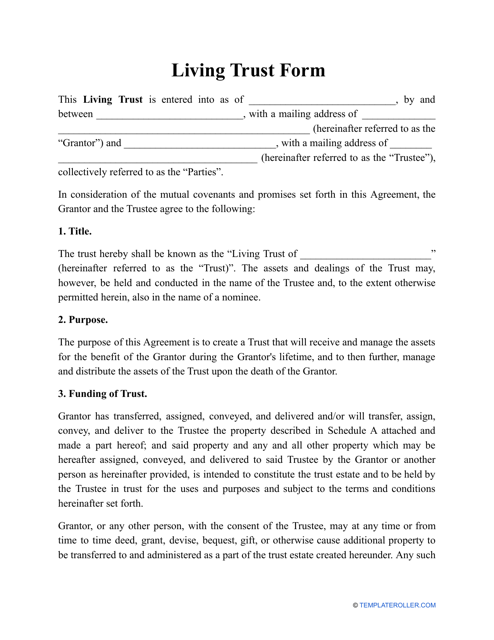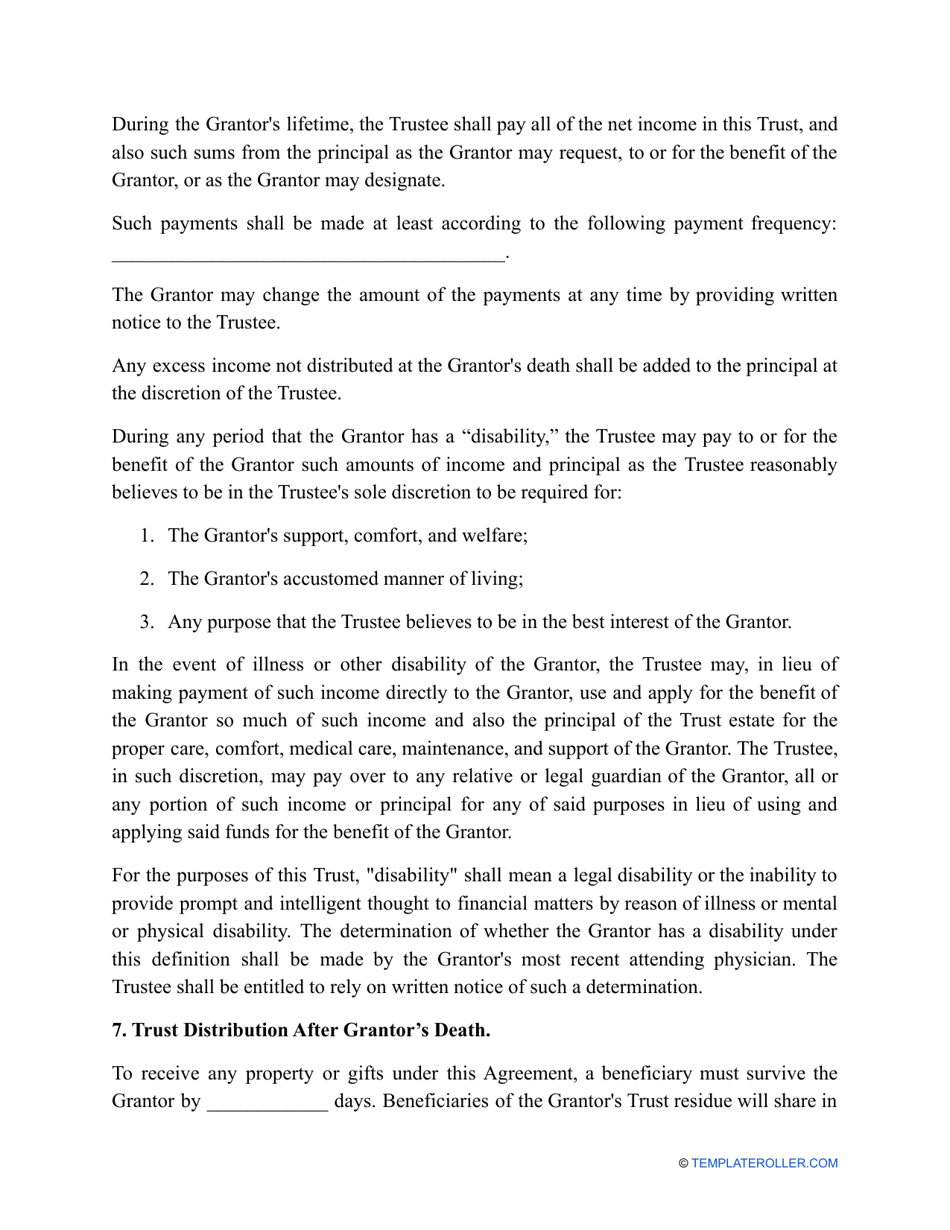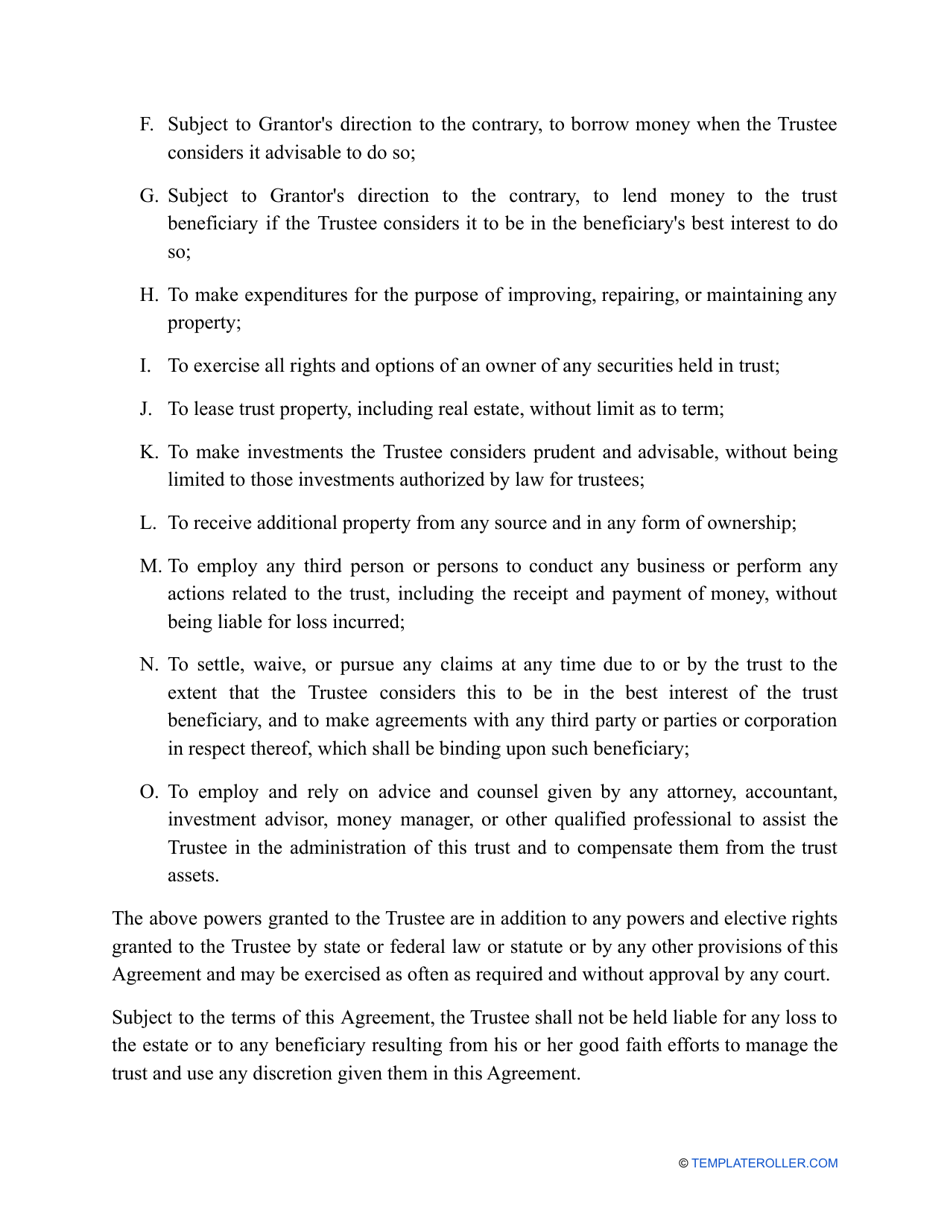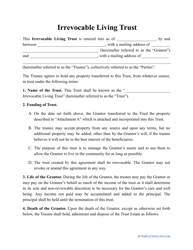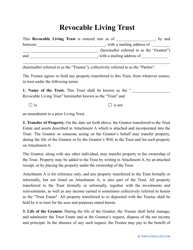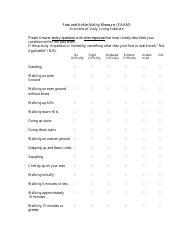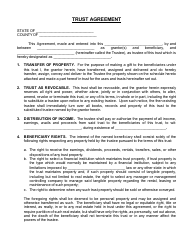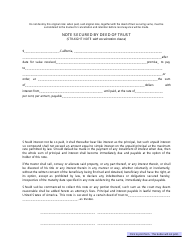Living Trust Form
What Is a Living Trust?
Most people are aware of what a will is and know that it becomes effective after an individual dies. However, while an individual is still living, they can set up a Living Trust by completing a Living Trust Form in order to oversee the distribution of their valuables. The document also outlines what will happen to these valuables in the event that the original owner passes away. Such valuables can include estate, any savings, cars or personal collections.
These valuables that belong to the original owner are transferred along with the rights of ownership into a trust. From this point onwards, the individual is no longer the owner of these valuables. Within the document, the individual also needs to select and note down a trusted person that they trust to oversee the implementation of the document - usually a close friend or family member.
The individual can also leave these valuables to specific individuals after they pass away. If any conditions need to be met for example, a granddaughter would first need to graduate before receiving a specific valuable; this information should also be included within the document.
A Living Trust Form template can be downloaded by clicking the link below.
A Revocable Living Trust Form is the most common document to fill in as it reserves the right to cancel the trust if the original owner decides to do so. On the other hand, with an Irrevocable Living Trust Form, no changes can be made. In rare circumstances, this can be achieved in court.
How Much Does a Living Trust Cost?
If you are considering setting up a Living Trust, you should be aware of the Living Trust cost. Admittedly, this can be quite expensive with costs usually starting from the range of two thousand dollars ($2000). Depending on whether or not you want to set the trust up as an individual or as a couple, the prices could differ.
If you want to set up as an individual, the costs could be slightly lower - starting at approximately $1500, going up to $4500. For couples, this price could start at $2000 and go up to $9000. Therefore, before making a decision you need to carefully consider whether or not you actually need to set up this trust. To make an informed decision, you need to be aware of the benefits of a Living Trust. These include:
- Although expensive, you will save money when it comes to the probate process and generally, the whole process post-death is much faster;
- This document will ensure greater security if somebody decides to contest the will and take it to court;
- Greater security is also achieved by ensuring that nobody will have access to information regarding the trust, even after the death of an individual. This will remain in secret.
Living Trust Vs Will
Although these documents are relatively similar, there are some significant differences between them. The notable differences include:
- Writing up a Will is generally a lot cheaper - with approximate costs in the $150 region;
- A Living Trust Form will not be released to the public after the death of an individual. If you want to keep these details in secret, opening a Living Trust is a great way to keep this information hidden;
- Using a Living Trust will eliminate the need to go through the probate process and pay the necessary fees, thus saving you money;
- The length of time taken to successfully prepare and open up a Living Trust is a lot longer compared to writing up a Will;
- If you have children, only by writing up a Will can you establish a legal guardian for your children.
How to Set Up a Living Trust?
Before creating a Living Trust, you ought to make sure that you prepare all of the relevant Living Trust documents and closely consider the following details:
- Firstly, you need to make a decision regarding the type of trust you want to open . If you are living alone and/or are the sole owner of the valuables in question, you should opt for an individual trust. If on the other hand, you co-own something with your partner you will need to create a shared trust;
- Decide which valuables you want to include in the document . These are usually the most important items that you want to avoid going through probate;
- Note down the individuals that you want to inherit your belongings;
- Determine who will be your trustee . If you have someone in mind, it is best to talk with them prior to this to ensure that they are willing to accept this role;
- If any minors are included in the trust, particularly concerning real estate, you should name an individual that will help manage this real estate until the minors turn of legal age;
- Create the document by using an editable template;
- Sign and date the document, ensuring that the form is notarized.
Still haven't found the template you're looking for? Take a look at the related templates below:
- Medical Power of Attorney Form;
- Financial Power of Attorney Form;
- Durable Power of Attorney Form.
